How many of you have ever heard about Saqqara? Unless, you have already visited Egypt or a student of Egyptology, there is a very rare chance that you know anything about Saqqara. At 30 kms south of Cairo Metropolitan City, surrounded by The Great Desert of Sahara, where Palm Date Trees and Carpet Schools in abundance, it looks like a small town today. But, in Egyptian history, it has a great significance since it was the site of the earliest pyramids ever built.
This post is in continuation of my previous post about Memphis. Memphis was the capital of the royal kings and Saqqara was one of the necropolis area for the royal families. It was basically a vast burial ground near the capital Memphis. The places of burial for the royal families of Egypt shifted with the time from Abydos to Saqqara to Dahshur to Giza and then to Valley of the Kings in Thebes. However, Saqqara remained an important necropolis for minor burials for more than 3000 years till the Ptolemaic and Roman Times.
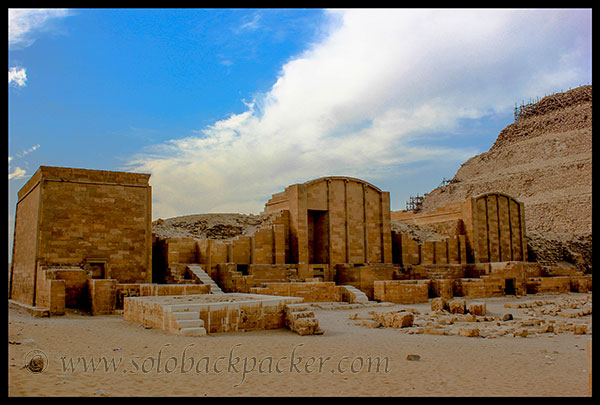
Ancient Egyptians had a strong belief in the second life after the death. After the death, they buried the various things (Food, Household Items, Books, Jeweleries) with the dead body that might be required by him/her in the next life. And because of this belief only, the construction of the pyramids started. In the earliest form, Pyramid was just a mound of stone debris or in the form of a mastaba (Mastaba was a flat-roofed, rectangular structure with outward sloping sides that were constructed out of mud-bricks from the Nile River or stone ).
Building a Masataba was a fashion for Egyptian Pharaohs, so that their body could be safely buried under that after the death. Pharaoh Djoser wanted to build a grand burial structure for his dead body, so that people could remember him for the long time. He assigned that task to his vazir, Imhotep, a great architect of that era. and Imhotep, did not disappoint him. He built a pyramid, a building, that was never built before.
This step pyramid is not an ordinary building of ancient civilization. In fact, It is considered as the first ever stone building built by the humans. You can say, this is the first building of the world, that led a foundation to the construction of The Great Pyramid of Giza or say, today’s Skyscrappers around the world. Ancient Egyptian invented this great concept, but the irony was that they invented it to honour a death, not the life. The pyramids were made to enjoy the life after death. The first ever building of this world was built to house a dead body, not an alive person !
The step pyramid was surrounded by a large enclosure wall of light Tura limestone. Only remnant of this wall is left now. The entrance to the enclosure leads to a large area having around 40 columns with a rooftop. These columns are so preserved and so decorated, that one can think that it was made of wood. But all those columns are made of limestone only. Imhotep was creating a history with limestone, but his mind was still in the love of wooden effects on those stones.
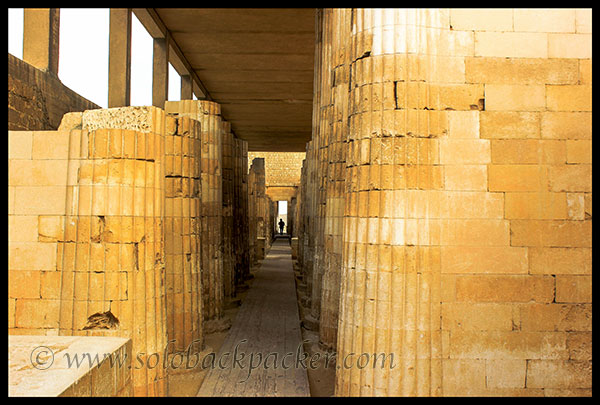
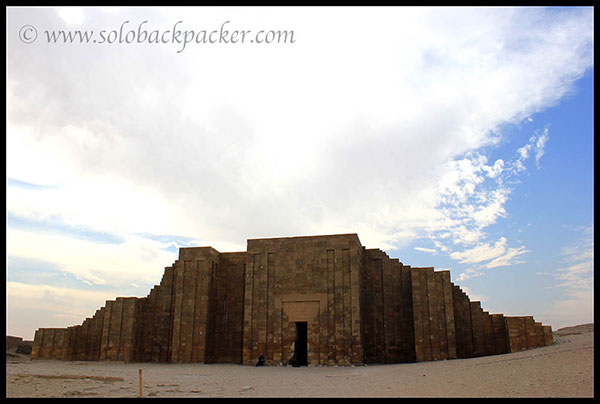
Passing through this grand entrance of Saqqara Complex, we reach in a large open space on the side of which is the Step Pyramid of Djoser. Djoser was an Egyptian King of 3rd dynasty and had a keen interest on building this step pyramid as his burial place. This step pyramid is about 3000 years old and now in very bad state of preservation. You can also go inside the pyramid, but during my visit it was closed for the renovation.
Pyramid of Djoser was not a true innovation or a new idea at the time of its construction. Egyptian people were already building the mastaba of mud-bricks over the burial complex. Imhotep just went a step ahead. He designed the pyramid with a mastaba upon mastaba and that too with the stone.This went up to 210 feet including 6 steps with 35 feet height. In its original design, there was only 3 steps, but this 3-steps structure was not visible from the outside due to the enclosure wall, negating the show-off attempt of the Pharaoh. Djoser ordered Imhotep to add more steps and then it reached to its present state of 6-steps. Like earlier mastaba builders, burial chamber of Djoser was also placed deep in the earth, the entrance being more than 60 feet below ground level. Beneath the step pyramid, there are tunnels going to the sarcophagus of Djoser for about four miles. Along those four miles in a tunnel, the whole story is told in hieroglyphics. These hieroglyphics (say, graffiti on the wall) are perhaps the first graffiti of the world. but I was unable to see them as pyramid was closed during my visit.
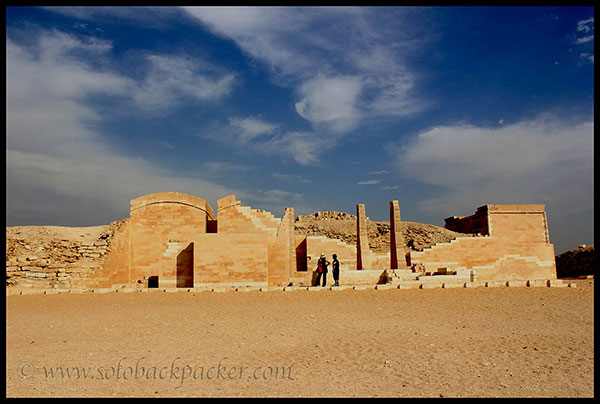
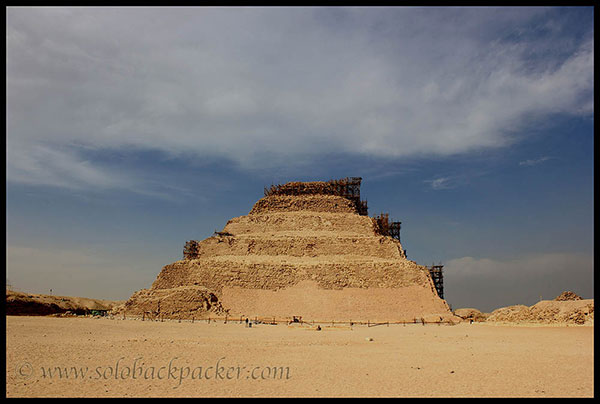
Until the 19th century, whole area of Saqqara was buried under the sand of Great Sahara Desert. In 19th century, it was discovered by a chance and from then restoration and conservation work is still going on at the site to appeal more and more tourists. The Step Pyramid of Djoser is the biggest attraction of Saqqara but, there are many worth-visiting sites also in the desert of Saqqara including Unas Pyarmid, Tomb of Idut, Nobles Tombs, Saitic Tombs, Titi Pyramid, Tomb of Mereruka, Tomb of Imhotep, Tomb of Kagemni, Tomb of Ti, all are located very close to each other.
Ticket Information: Ticket counter is located on the main road going to the desert, where these pyramids are situated, about 2 kms before the Saqqara Pyramid. Ticket price to visit Saqqara Pyramid is 60 LE (150 LE, Jan 2019) and also includes a visit of the Imhotep Museum.
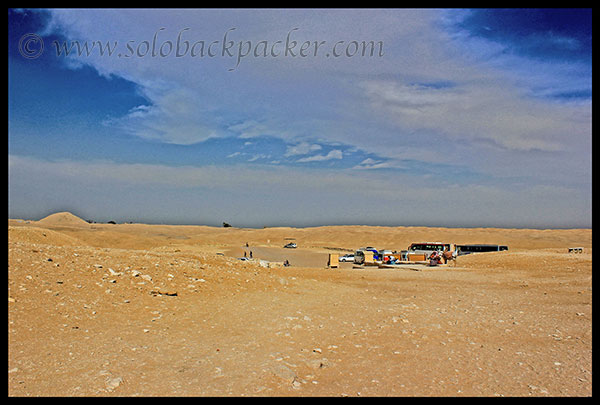
Saqqara never enjoyed the status of Giza, that was developed much later by other Pharaohs as a necropolis, Also Step Pyramid can never compete with the Great Pyramid of Giza…Giza is still full with lot of tourists and Saqqara sits more quietly. But it always gives a different perspective of Ancient Egyptian History and that too in more pleasant and relax way.
In the last part of this series from Giza to the visit of Memphis, Saqqara and Dahshur, I will explain about the pyramids of Dahshur, another necropolis developed near Saqqara.


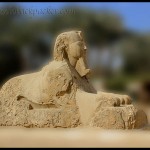
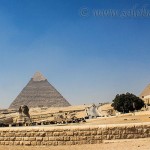



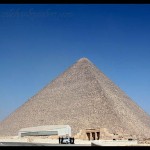
its perfect